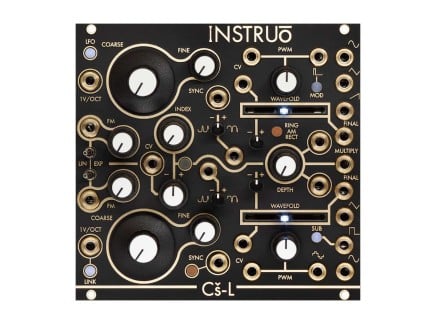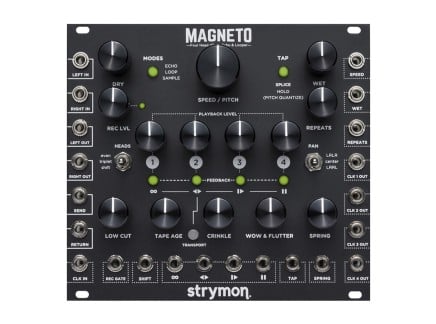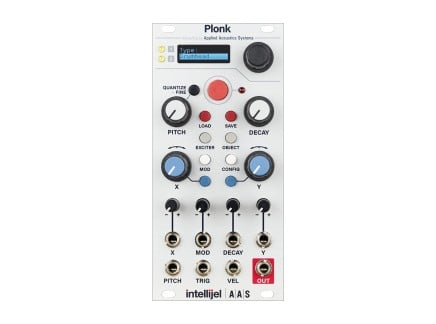We are now at the finishing line of The Mojave Desert Modular Experiment, a study of how modular synthesizers can be integrated into the workflows of musicians who had no prior experience with the instrument. We collaborated with some of our favorite Los Angeles artists to build custom Eurorack systems that would suit the demands of their diverse musical approaches. The musicians spent two weeks exploring and practicing with these setups, after which we went to the picturesque Mojave Desert to film their performances and talk about the overall experience.
If you are in Los Angeles and would like to try out their systems, feel free to stop by our showroom. The synthesizers will remain on display for the whole month of July. We are also dedicating the last day of the month (July 31st, 7–9pm) to a modular synthesizer hangout/workshop. Come with questions and we will do our best to help you leave our shop with a clearer understanding of the format, its potential, and all sorts of possible applications.
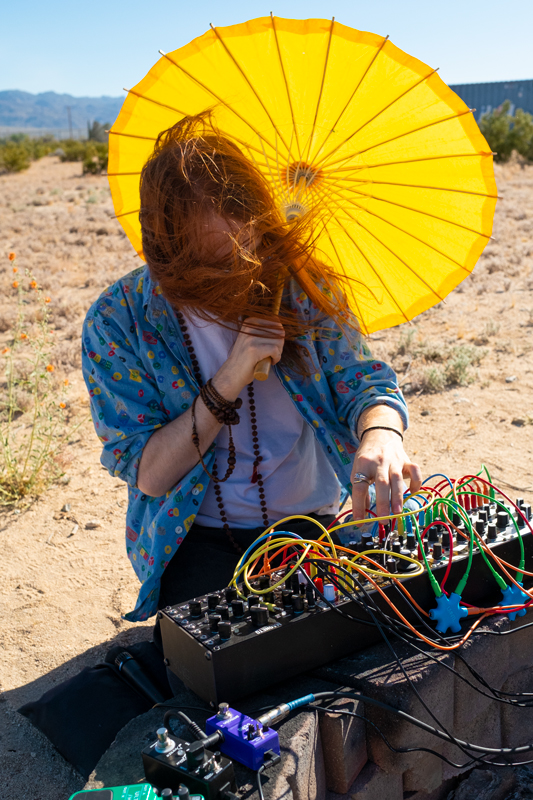
The Artist: Dillon Bastan
Dillon Bastan is a sound artist, performer, and developer of audio plugins from Los Angeles. If Ableton Live is part of your music-making arsenal, you may be familiar with Dillon’s ingenious maxforlive instrument called Iota. He is also responsible for the excellent MC Movement Studies package for Cycling 74’s Max 8 programming environment.
Dillon is one of those artists who is constantly experimenting, often working on several projects at a time. If you peek at his social media, you’ll be rewarded with oodles of images and short videos of DIY cardboard box instruments, interactive light installations, vibration speaker drawings, and much more. Although quite prolific with creative electronics and modular software environments like Max/MSP, for one reason or another Eurorack synthesizers remained outside the scope of Dillon’s practice until our project came along. After designing a system with him, we were boiling with curiosity about how he would put it to use.
Because much of Dillon’s art involves working with computers, he wished for a Eurorack setup with a wide sonic variety that was very hands-on and immediate. Together, we built a hybrid digital/analog system readily adaptable to a variety of musical applications.
System Breakdown: A Modular Groovebox
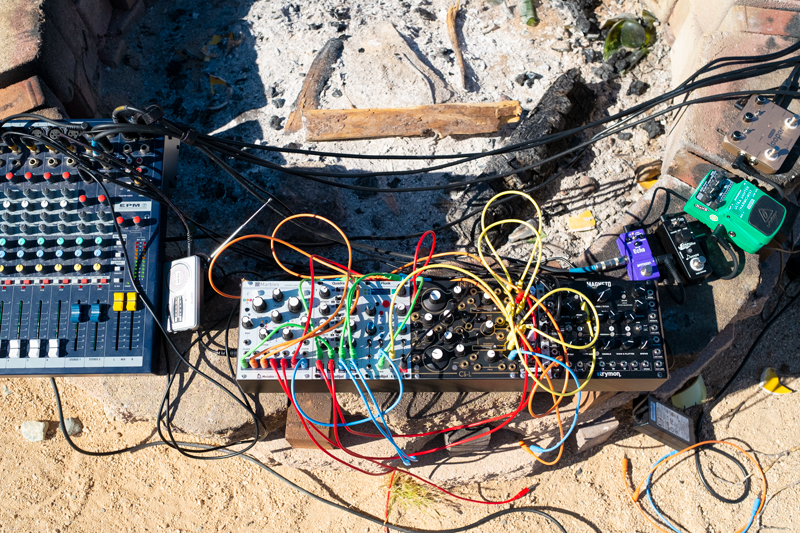
The general concept behind Dillon’s system is not too dissimilar to that of a groovebox. The goal was to create a combination of modules that would simultaneously provide several layers of rhythmic and tonal patterns. While traditional grooveboxes come preconfigured, the modular nature of Eurorack allows for experimentation and high level of customization. This let us replace the X0X-style sequencer commonly found in grooveboxes with a less deterministic random pattern generator, which makes the process of composition incredibly interactive and intuitive.
Two unique sound generators are central to Dillon’s setup: Intellijel’s Plonk, and the Cs-L from Instruo.
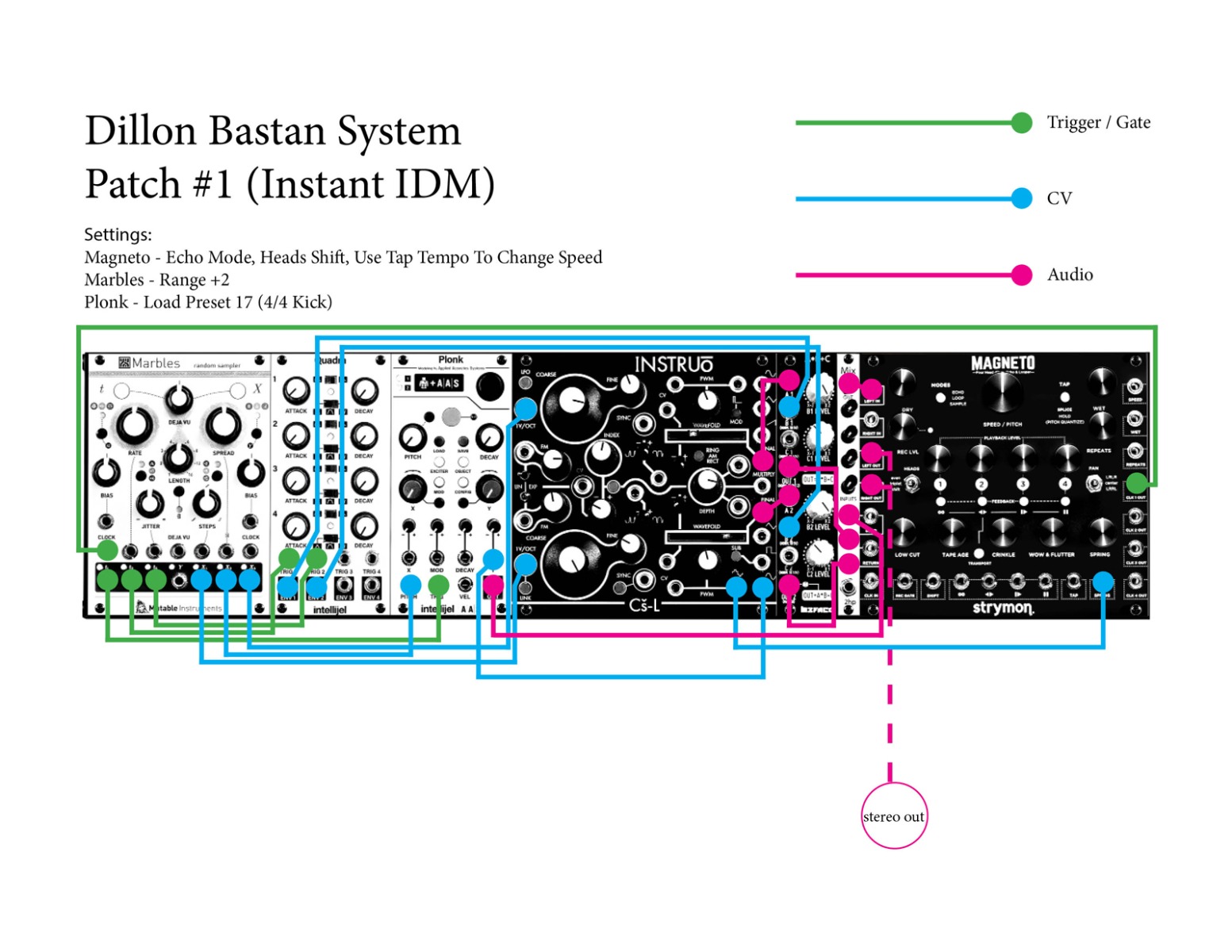
Plonk is a digital module designed to emulate the sounds of acoustic instruments (via physical modeling synthesis). It can produce a large variety of sounds based on the acoustic properties of plates, membranes, beams, drumheads, and strings, and under the right modulation it can sound as if a wide array of instruments are being played at the same time. The ability to seamlessly morph between percussive and textural sounds made this module an ideal candidate for the system Dillon had envisioned.
Instruo’s Cs-L is a much different beast. Inspired by the West Coast synthesis paradigm, the module is comprised of two analog oscillators and a network of parameters that provide a lavish range of modulation options. Each of the oscillators can be set to affect certain elements of the other, like frequency (FM) and amplitude (AM). Furthermore, the module features an internal wavefolder circuit, which adds substantially to the timbral richness. What particularly makes Cs-L stand out from similar modules is the sheer amount of distinct waveform outputs. It can easily transition from being a stable sound source for melodic sequences to creating chaotic, noisy tones and complex modulation signals. It also complements the Plonk well because it works so differently.
We have already mentioned the powerful tape/delay/reverb module Magneto from Strymon in one of ourprevious articles in this series. Dillon was instantly enticed by its beautiful sound and fantastic set of features, and therefore adopted it as the main sound processor in his system. Besides being able to easily handle the demand for ethereal reverbs, delays, looping, sampling, and angelic shimmer effects, Magneto has another “hidden” mode where it can be used as a sound source all on its own. In this scenario, the Speed/Pitch knob and corresponding CV input can be internally mapped to musical scales, offering a platform for seamless melody creation.
System Breakdown: Control

After establishing these core sound modules, we arrived at the modulation and control section of the instrument. As Dillon was intent on the idea of fluid and intuitive interaction with the system, we’ve bypassed complex, menu-based sequencers in favor of Mutable Instruments Marbles, a random voltage generator with some clever parameterization. With three Gate and four CV outputs, the module comfortably reigns as a master control source for the entirety of Dillon’s setup. The beauty of Marbles lies in how well it balances between chaos and order. Here, randomness serves as a source of inspiration and never-ending variation. Yet whenever a particular sequence of rhythms, modulations, or melodies is deemed to be interesting, it can be looped with the press of a button. Further, new related variations of the sequences can be created using the appropriately-named Deja Vu parameter. This module is made even more useful through its ability to constrain its random outputs to musical scales (including custom, user-definable scales).
For more traditional modulation signals, Dillon decided on the Quadra, a four-channel envelope generator module from Intellijel. Envelopes are an essential element in sound design, as they add dynamics and motion to patches. A static drone can be shaped into a plucky or percussive sound using a combination of an envelope and a VCA. Each envelope on the Quadra can be triggered independently or set to a self-cycling mode for classic LFO behavior. Quadra was recently discontinued by Intellijel, as they are working on a revised, and updated version called Quadrax.
As at this point the case is packed with all the amazing sound generators, processors, and controllers, and required a couple of utility modules to help tie everything together. Befaco’s A*B+C is a Swiss-army knife of utilitarian functions. It works equally well for both audio and control voltage signals. The design of the module, as well as its thoroughly thought-through normalization (pre-defined signal path) allows it to perform a multitude of functions: from attenuation and reversing of CV to standard VCA behavior to gnarly ring modulation effects. Combined with the Cs-L, Marbles, and Quadra, A*B+C is indispensable for the creation of rhythmic patches in Dillon’s system.
At last, the simple and straightforward Mix from 2hp took place in the system as a four-channel glue for multiple sound sources.
This concludes The Mojave Desert Modular Experiment. We hope that the content of this series served as an inspiration and a creativity boost for you. For those who were considering trying out modular synthesizers for themselves, hopefully it has become clear that there really isn’t much to be afraid of. Modular synthesizers often open up certain possibilities for music making and sound design that are difficult, if not impossible to achieve otherwise—but they don't have to be completely foreign in approach. Anyone with experience in electronic music can make an instrument that makes sense for their own purposes, be it a polyphonic synth, a complex effect processor, an interactive noise box, or whatever else they may need.
We enjoyed working with such a diverse group of artists on this project, and our hope is that their approaches and performances broadened the horizons of the creative and practical applications of modular synthesizers for at least some of you.



